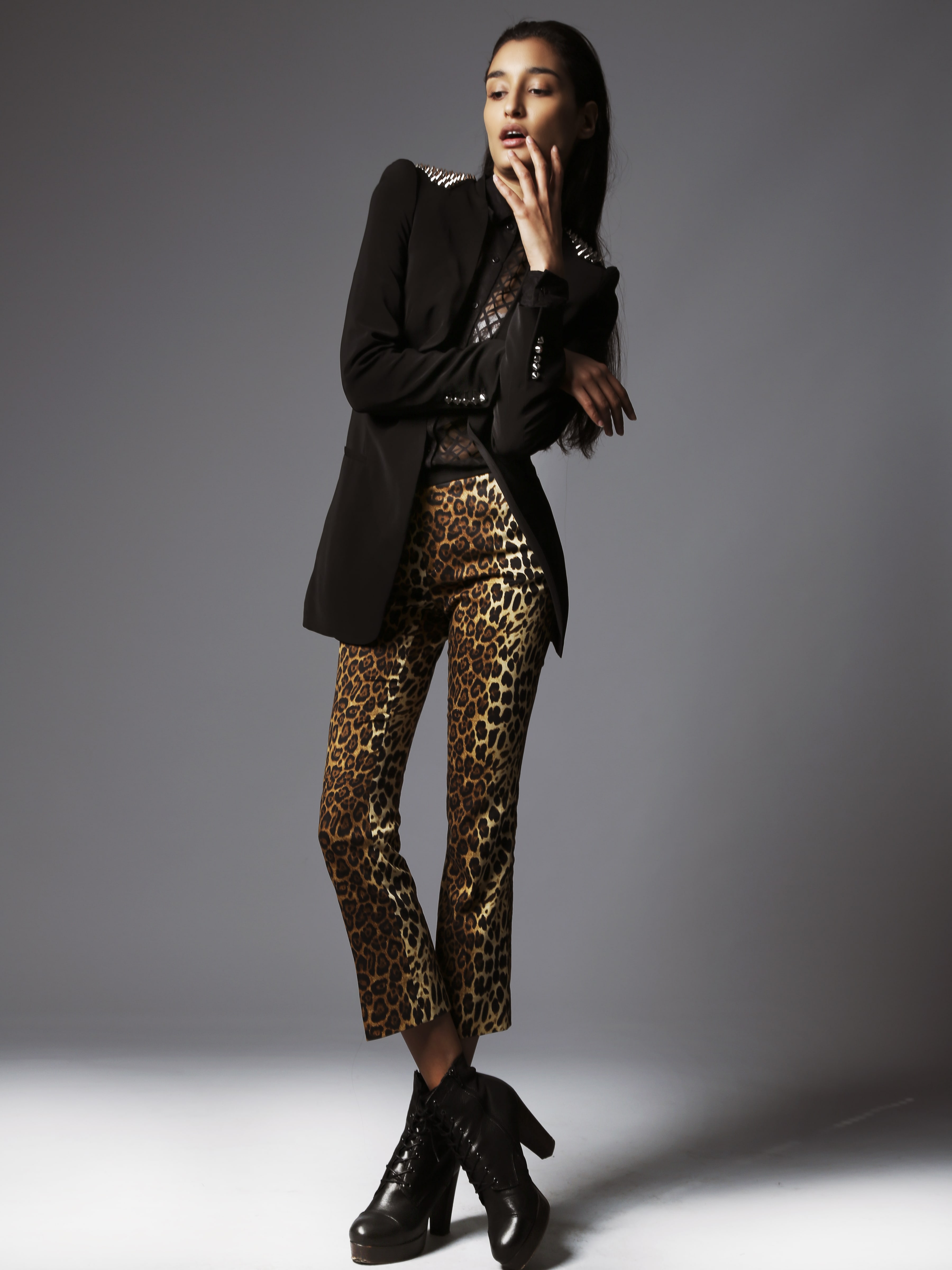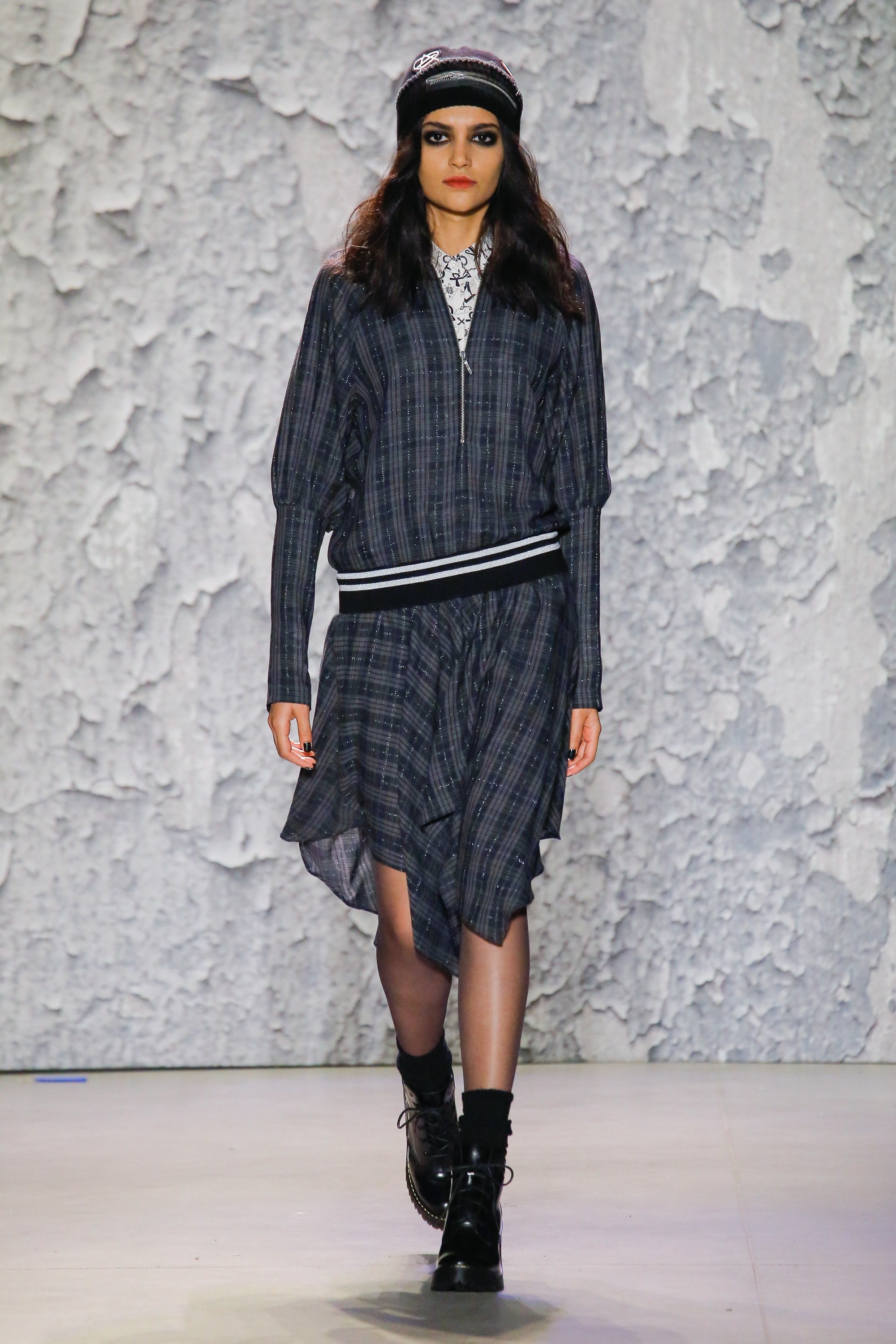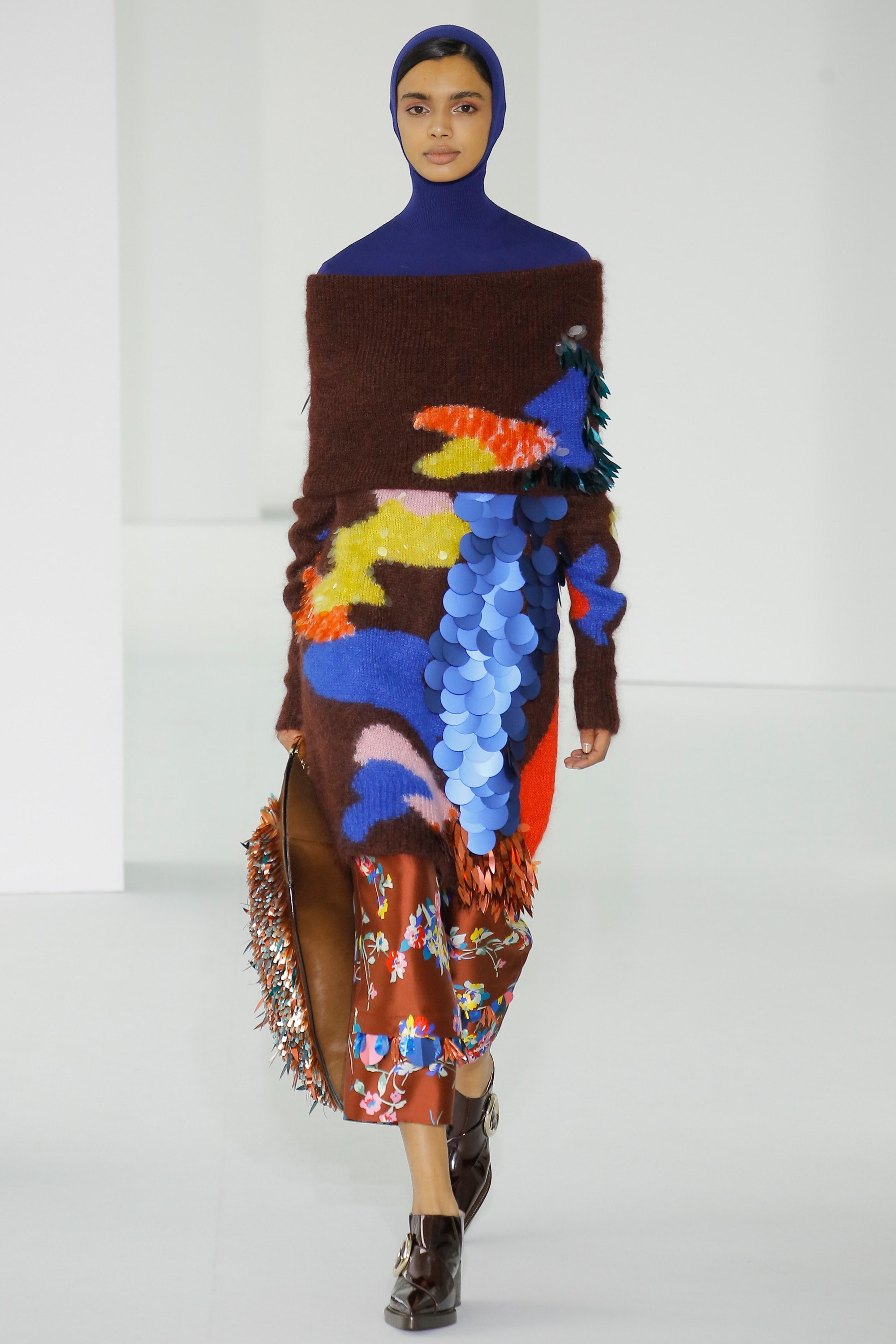“We noticed the industry changing.”

+Photographer: Adhiraj Chakrabati, Hairstylist: Gabriel Georgiou, Make up Artist: Rosario Belmonte
Profile:
Name: Gunita Stobe
Occupation: Co-Founder, Anima Creative Management
Instagram: @animacreatives
– – –
currentMood: What brought you to India? Did you like working here?
Gunita Stobe: My business partner and husband, Mark, and I first came to India as models. This was almost 11 years ago. My first two weeks here were very complicated. I just wanted to leave, I couldn’t handle the cultural differences, I was out of my comfort zone. Mark on the other hand, was fine and convinced me to stay a bit longer. My first assignment was for a well known designer at Mehboob studio, and had a 9AM call time. The team showed up at 7pm and we didn’t start shooting before 9: 30PM. I was shattered and exhausted. My next assignment was a fashion show. Almost every local model there wasn’t receptive towards me, they didn’t respond when I said, “Hello” to introduce myself. They pretended I wasn’t there. I couldn’t understand what was going on. Did they not like me because I was a foreigner? I received this reaction for a while, and later found out that other foreign models received the same. I tried adjusting to this work environment but it was difficult, because where I came from (the west) and worked, time meant money. Thought not all the clients were like that, some were very nice and I enjoyed working with them.
cM: Do you think the rest of the industry wasn’t open towards foreigners?
GS: Well, not from the client’s perspective, most of them anyway. They wanted to work with us. Whereas many local models were offensive, later on, some local photographers and hair and makeup artists as well. We received these reactions when we started representing international photographers and artists, and lost model bookings to other agencies because of it. At one point we even considered closing down the agency because we weren’t ready to deal with these kind of issues. In retrospect, we feel that people reacted towards us in that manner because of their insecurities. Perhaps they were wondering why foreigners were in their country and “taking their jobs” (that’s what many locals told me to my face or over the phone).
When you travel to other countries like New York, etc, you find people from everywhere. “If you’re not a New Yorker, I’m not interested in talking to you,” doesn’t exist. Where you come from doesn’t matter if you’re talented in your field of work. The thing is, when you come to India as a tourist, it’s a very different experience – people are warm and welcoming. For us it was almost the opposite when we started our own company.
“We started with one model, no office space and no place to stay.”

+Pallavi Das photographed by Norbert Kniat

+Kanishtha Dhankar photographed by William Lords
cM: What made you start Anima?
GS: After spending two years here, we felt that there was a gap in the market. We thought that we could perhaps contribute, inject our knowledge and experience of the industry from our years traveling as models. Mark and I were a few decades into the business by then, and felt that it was a now or never situation. We started with one model, no office space and no place to stay. We met an Indian origin photographer in Delhi who offered us his home to stay in until we found our own. He suggested that we represent him, and that’s how our creative division was born in our friends tiny kitchen. We reached out to our old Australian agency (they represented us when we were modelling), who sent us foreign models that we could represent in India.
cM: Anima models are doing really well..
GS: We always wanted to represent Indian talent, but didn’t know how, since we didn’t have a scouting system in place.
“Clients would turn away from booking beautiful dusky girls.”

+Erika Packard for Assembly at NYFW’12

+Pooja Mor for Louis Vuitton Cruise’15
GS: When clients wanted to book our models, we’d ask them the nature of the shoot. You can’t expect me to send a model for a shoot that I know nothing about. Most people didn’t like it. They’d tell us stuff like, “We’ve never given detailed information before, so why you are you asking us now?” or “Why are you asking so many questions? How does it even matter?” or “Why are you coming here and teaching us how we should do things? Go back to your own country and teach them how to work there.” And we were like, we aren’t teaching, just asking you for information. Would you want to send your daughter for a shoot you know nothing about? So why are you so upset? At a point all of this became ridiculous you know. People reacted to our need for information by stamping us as a company that’s difficult to work with. After some time we noticed the industry changing. I remember the day I received our first call sheet from a production house, we were so happy! I guess this was the first change I remember.
GS: Yes! This was the case perhaps 10 years ago. Clients would turn away from booking beautiful dusky girls. They only wanted the fair Indian skin tone or foreign models. If you looked slightly oriental and came from the North East, they didn’t want to see or hear anything about it. Once again we were confused, these girls were still Indian, so why did people react like that? But there standard of beauty seemed to be Aishwarya Rai type only. You’re selling the same products to people in the North East and down south where people are dark skinned. There wasn’t any acceptance of different ethnic faces from their own country which was something I couldn’t understand. A few years ago we decided to invite our first American black model here to push the boundaries of diversity and acceptance of different types of beauty. She did really well, and we brought in an Asian model who was also successful. We noticed the industry changing and becoming more diverse.

+ Natasha Ramachandaran for Nicole Miller at NYFW’17

+Monica Tomas for Delpozo at NYFW’17
GS: Sometime ago international industry wasn’t receptive to Indian girls. Agencies were apprehensive about the look, they didn’t have many clients that understood it. International brands didn’t have a large presence in India and there was no platform for the girls to travel abroad and pursue their modelling careers. With the Indian economy opening up, we now have brands like Zara, H&M, Sephora and others who’ve come in and look out for Indian faces for their campaigns.
GS: I really hope they’re not booking girls who look different just for their piece of mind. There are still some designers who hardly book girls who are not caucasian. Dior is one such brand. When you have approximately ninety girls and only ten are from different backgrounds – one Chinese, one black, one mixed and one from Asia. Only ten. And it’s not just Dior. When you see the ratio of caucasian girls to other ethnicities, there’s a huge gap. It’s better than it used to be, but caucasian faces still dominate the international runways. I’ve noticed that there is diversity in ad campaigns, but not so much in shows. There’s still a long way to go.
Interviewed by currentMood
All image courtesy: Anima Creative Management
Cover image: Hair: Gabriel Georgiou, Makeup: Rosario Belmonte